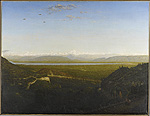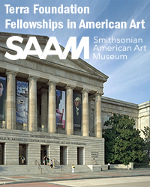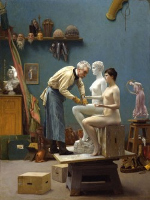X
Please wait for the PDF.
The browser will either open the file, download it, or display a dialog.
The browser will either open the file, download it, or display a dialog.
Studies of Japonisme have usually assumed a simple relationship of difference between Japanese and French art and culture, but Edmond de Goncourt's writing is remarkable for the number of comparisons he makes between France and Japan. This essay considers the influence of positivism on Goncourt’s assertions, looking also at how Goncourt's Japonisme extended arguments he made in the 1860s against French academic art.
The author examines two of Cézanne’s paintings from the 1890s, both entitled Still Life with Plaster Cupid, and their relationship to late eighteenth-century empiricist “thought experiments” involving a “Statue Man”. The paintings are shown to be Cézanne’s stoic late-in-life reflections on the philosophical nature of mortality—illustrating life and death as but part of the sensationist /materialist metabolism of being in which matter endlessly recycles itself around and through things.
This essay analyzes the critical reception of Toulouse-Lautrec’s poster, Reine de joie, which depicts a Jewish banker in the arms of a courtesan. Comparing a review by Thadée Natanson, an assimilated Jew, with the writings of other French critics, it demonstrates how commentaries on works of art, even when made in the same historical moment, are bound up in questions of identity.










